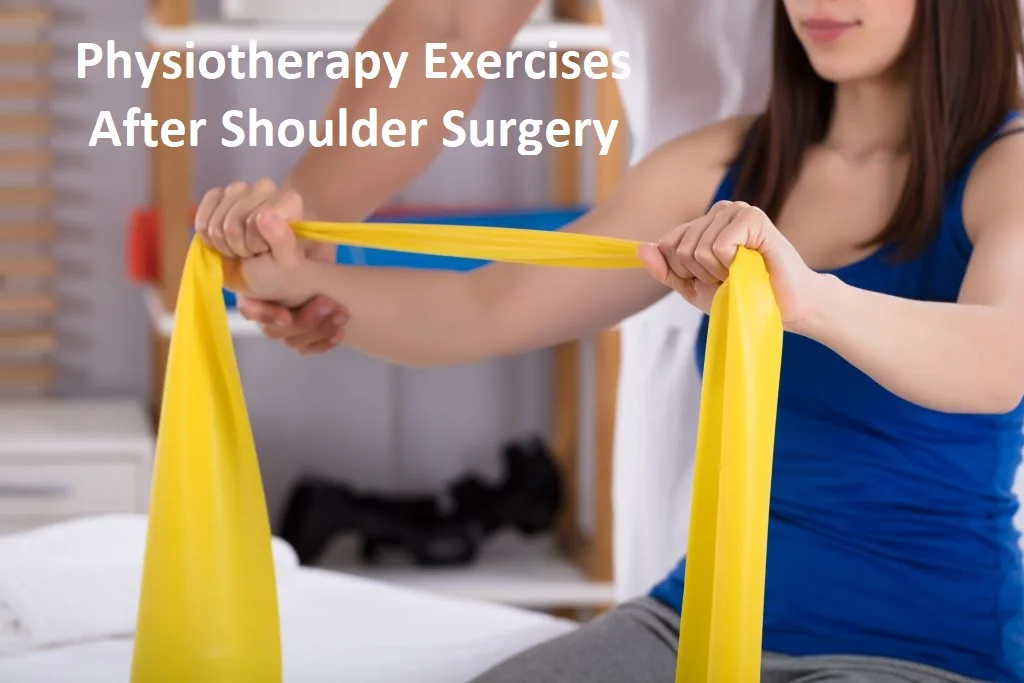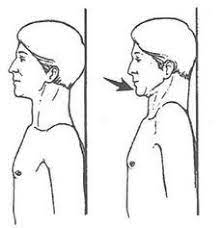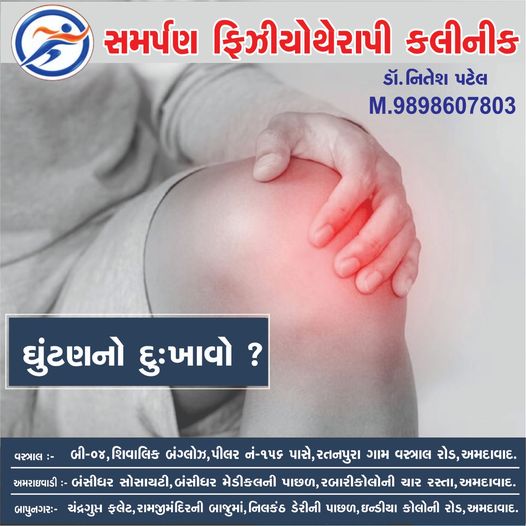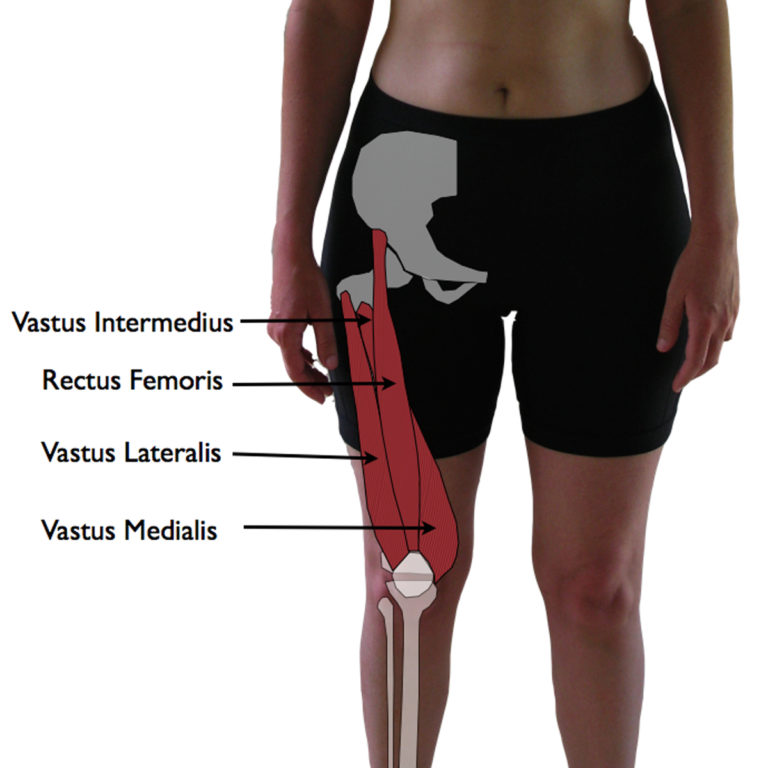Physiotherapy Exercises After Shoulder Surgery
Table of Contents
Introduction
After undergoing shoulder surgery, it is crucial to engage in physiotherapy exercises to aid in your recovery process. Shoulder surgery can be performed for various reasons, such as repairing a rotator cuff tear, treating shoulder impingement, or addressing instability or dislocation issues. Regardless of the specific procedure, physiotherapy exercises play a vital role in restoring strength, flexibility, and range of motion to your shoulder joint.
The primary goals of physiotherapy exercises after shoulder surgery are to reduce pain, minimize swelling, prevent stiffness, and improve overall shoulder function. These exercises are typically tailored to your specific surgical procedure, the extent of your injury, and your individual needs. They are designed to gradually and safely reintroduce movement and strengthen the shoulder muscles, ligaments, and tendons.
Why Exercise is Important After Shoulder Surgery?
Exercise will help you improve mobility, strength, and flexibility in your shoulder, Regular exercising 2 or 3 times a day for a minimum of 10 to 15 minutes for the first few days after surgery is crucial for speedy recovery.
Before performing any of the exercises below, consult your physiotherapist. Remember to use pain as your guide and avoid painful exercises. If you exercise too much and too soon, healing may be delayed so it is also important to know when to rest.
In the initial stages of post-operative recovery, physiotherapy exercises may focus on gentle movements and passive range of motion exercises. As you progress, the exercises will become more active and challenging, aiming to improve muscular strength and endurance. Your physiotherapist will guide you through each stage of your rehabilitation, monitoring your progress and adjusting the exercises accordingly.
Consistency and commitment to your physiotherapy exercises are key to a successful recovery. While it may be uncomfortable or challenging at times, remember that these exercises are essential for regaining optimal shoulder function and preventing complications such as frozen shoulder or muscle imbalances.
It is important to note that every individual’s recovery timeline may vary, and the specific exercises prescribed will depend on your surgeon’s recommendations and your therapist’s assessment. Adhering to the prescribed exercise program and attending regular physiotherapy sessions will greatly enhance your chances of successful rehabilitation and a return to your normal daily activities.
In the following sections, we will outline some common physiotherapy exercises that are often prescribed after shoulder surgery. It is crucial to consult with your healthcare provider or physiotherapist before attempting any exercises to ensure they are suitable for your specific condition and stage of recovery.
Shoulder Flexion
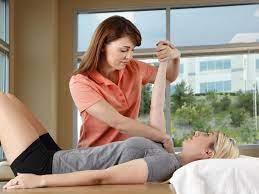
In a standing or lying position Keep your elbow straight, raise the arm to the top side, and bring it down slowly. Then, hold the arm in a flexion position for at least 10 seconds. Repeat the exercise 10 to 15 times and do it 3 times daily. Try not to move, hike or bring out your shoulder blade position. it’s helpful when performing this exercise in a front of mirror.
Shoulder Extension
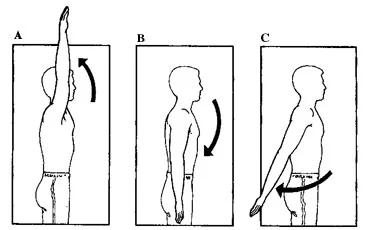
Stand against a wall, facing Face the wall with your back straight, your hands positioned straight to your side, facing the palm to the wall. put your arms against the wall and straight elbows. Maintain this position for five to ten seconds depending on your comfort, and then relax. and then again do this exercise 10 to 15 times and do it 3 times daily.
Shoulder Abduction
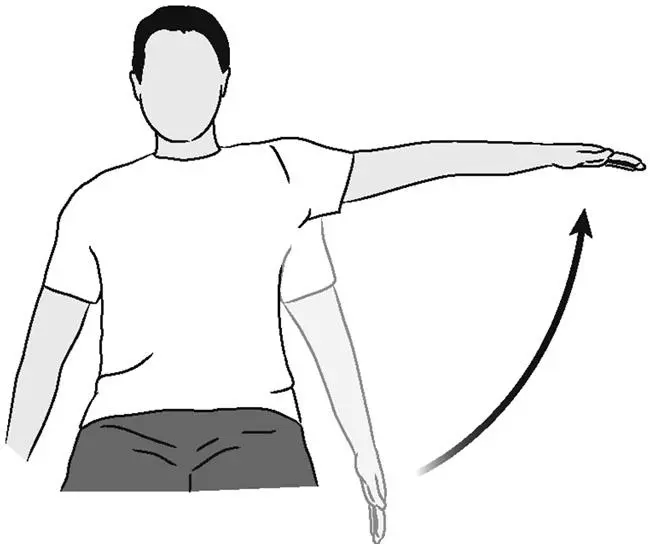
In standing position Outstretch your arm, keeping your elbow straight and your palm facing downward. focus on Moving your arm up and down without tilting or shrugging your trunk. Repeat the exercise 10 to 15 times and do it 3 times a day.
Shoulder Adduction
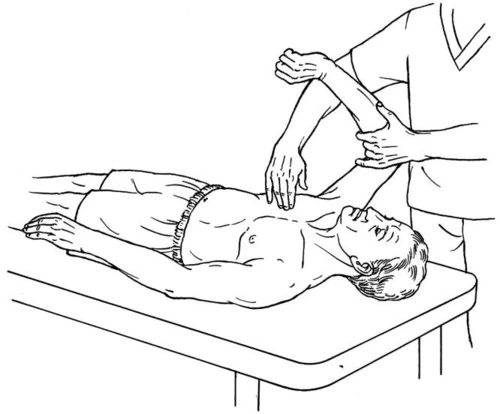
In this exercise, Take a pillow and place it between your chest and your arm. and then with your arm press the pillow against your chest. so your adductor muscle strength increases hold in this position for 5 to 10 seconds, and then relax. Do it 3 times a day, and repeat it 10 to 15 times.
Isometric Shoulder External Rotation

in standing position against a wall with your affected side facing the wall. Fold your elbow to 90° and then press the back of your hand gently against the wall. Hold the hand in this position for five to ten seconds, and then relax. Repeat the exercise 10 to 15 times and do it 3 times a day.
Isometric Shoulder Internal Rotation

In the Standing position, facing the wall at a corner. Your affected arm should be placed at the corner facing the palm against the wall, flex your elbow 90° and then press the palm into the wall. Stay in this position for five sec and then relax your hand. Do it 3 times a day, and repeat it 10 to 15 times.
Pendulum, Circular (Codman’s Exercises)
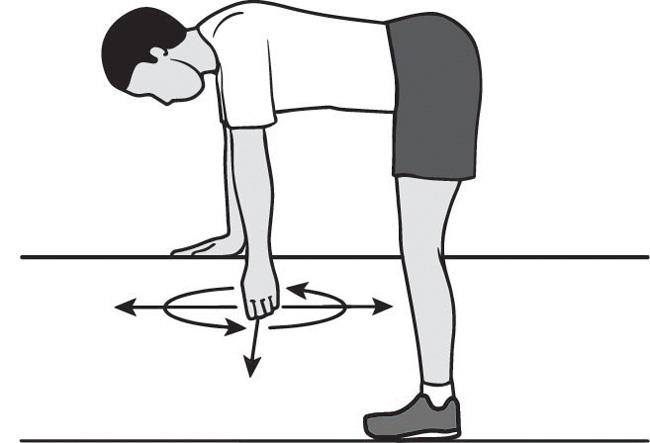
in the standing position Bend forward 90° at the waist, placing your nonaffected hand on a table for support. and affected hand in a circular pattern to move your arm clockwise 10 to 15 times, then anticlockwise 10 to 15 times. Keep your arm relaxed during the exercise. In this movement, the circle your hand is making should be about 1 to 2 feet wide. The circular pendular movement increases flexibility, increases range of motion, and reduces pain so this exercise occurs through your shoulder joint. repeat 3 times a day.
Stick Shoulder Flexion
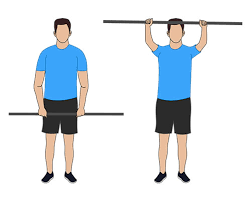
In this exercise, you should Maintain a straight elbow and keep the shoulders together. and then raise and lower the forearm, you can perform this exercise with a stick or cane, which will assist your arm’s extension (keep your elbow close to your body). Repeat the exercise 10 times and do it 3 times a day.
Walk-Up Exercise
In standing position Keeping elbows straight, use your fingers to climb up the wall as far as possible, hold for about 10-20 seconds, and climb down. Repeat the exercise 10 to 15 times and do it 3 times daily.
Shoulder Internal Rotation (Assisted)
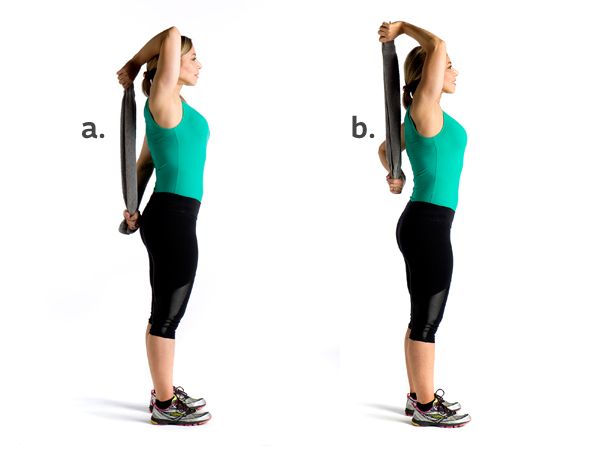
Bring your affected hand behind your back and hold a towel with the other hand bringing it across to the opposite side. Repeat the exercise 10 to 15 times and do it 3 times daily.
Shoulder Internal and External Rotation (Strengthening)
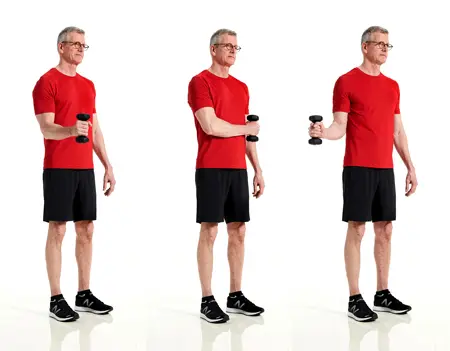
in standing position. Keep your elbow bent at 90°.
Holding a lightweight (500gm), then performing the exercise as shown in the image.do this exercise slowly.
Repeat 10 times. Do it 3 times a day.
Pulley and Rope Exercise
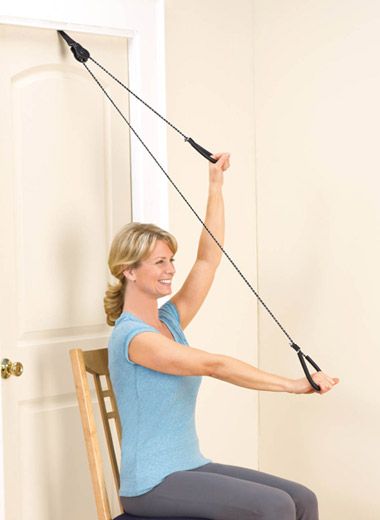
This exercise increase range of motion in the shoulder joint. Pully and rope should locate above your head, in a standing or sitting position as your comfort, straight your elbow raise the arm to the top side, and bring it down slowly simultaneously do this exercise 10 times, increasing repetition on daily basis use pain as your guide.
Precaution
While engaging in physiotherapy exercises after shoulder surgery, it is important to keep certain precautions in mind to ensure a safe and effective recovery. Here few precautions are:
- Follow your healthcare provider’s instructions: Always adhere to the specific guidelines provided by your surgeon and physiotherapist. They have a comprehensive understanding of your condition and can provide personalized recommendations for your recovery process.
- Start gradually: Begin with gentle exercises and progress gradually as advised by your physiotherapist. Avoid pushing yourself too hard or attempting exercises beyond your current abilities, as this could lead to injury or setbacks in your recovery.
- Avoid excessive pain: Some discomfort is normal during the rehabilitation process, but sharp or intense pain should be avoided. If you experience significant pain during an exercise, stop immediately and consult your healthcare provider or physiotherapist.
- Maintain proper posture and technique: Pay attention to your posture and technique while performing exercises. Incorrect form or technique can lead to strain or injury. Your physiotherapist will provide guidance on maintaining proper alignment and positioning during each exercise.
- Be cautious with weight-bearing exercises: If your surgery involved weight-bearing restrictions, such as after a shoulder reconstruction or labral repair, ensure that you adhere to these restrictions. Avoid putting excessive weight or strain on your shoulder joint until given clearance by your healthcare provider.
- Avoid overstretching: While it is important to improve range of motion, be cautious not to overstretch your shoulder joint. Follow the prescribed range of motion exercises and avoid pushing beyond what is comfortable or instructed.
- Monitor swelling and inflammation: Pay attention to any signs of increased swelling or inflammation during or after exercise. If you notice excessive swelling, redness, or increased pain, inform your healthcare provider or physiotherapist.
- Gradually increase intensity: As you progress in your rehabilitation, you may gradually increase the intensity and resistance of your exercises. However, always do so under the guidance of your physiotherapist to prevent overexertion or strain.
- Rest and recovery: Allow for adequate rest and recovery between exercise sessions. Your body needs time to heal and adapt to the exercises, so avoid overdoing it or ignoring signs of fatigue.
- Communicate with your healthcare team: Stay in regular communication with your healthcare provider and physiotherapist throughout your recovery process. Inform them about any concerns, changes in pain or symptoms, or difficulties you may be experiencing during your exercises.
Remember, these precautions are general in nature, and your specific post-operative instructions may vary. Always consult with your healthcare provider or physiotherapist for personalized guidance and recommendations based on your individual circumstances.
Which Exercise You Should Avoid
Remember, you must avoid exercise that causes pain and avoid any forceful, jerky movement. With your operative hand, You should not reach behind your back. overhead movements. you should not do any lifting, pushing, or pulling with your shoulder for the first 4 to 6 weeks.
Avoid exercise where your arm is in a position extended away from your body. like side raises with thumb down or Palm Down.
FAQs
Avoid exercises that cause pain, exercise where your arms are in an extended position away from your body.Reaching or using your shoulder a lot.Lifting objects heavier than a cup of coffee. Making sudden jerking movements. movements that cause pain.
Keep your shoulder immobilized following surgery. follow your physical therapy exercises. Eat healthy foods. ask your doctor or your physiotherapist if you have any questions.
You can use your wrist and elbow for daily activities. This includes shaving, dressing, eating, and shaving. if your operating arm is away from your body and it does not increase your pain so avoid this type of exercise. after surgery five to six weeks your arm should not use to push up/off the bed or chair.
Sleep on an incline. best Sleeping position is inclined to 5-6 weeks after surgery. Do not sleep flat on your back. first week or two, a recliner most comfortable option.
if you feel Acute pain in your shoulder as a result of an injury or condition. can benefit from pendulum exercises. In particular, people suffering from shoulder surgery or rotator cuff injuries need to use this exercise to preserve joints and relieve them.

